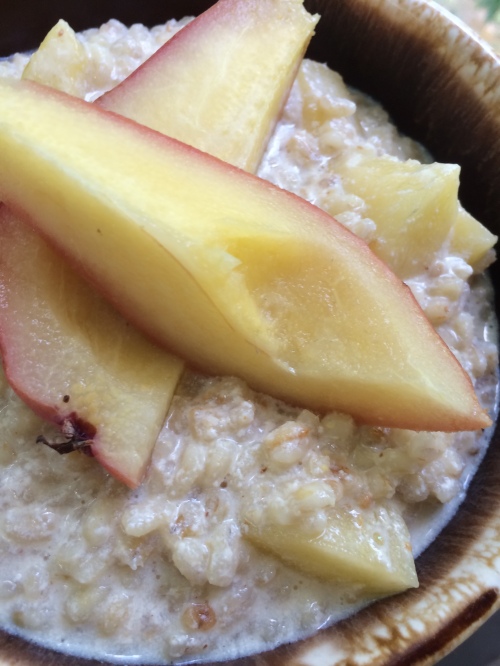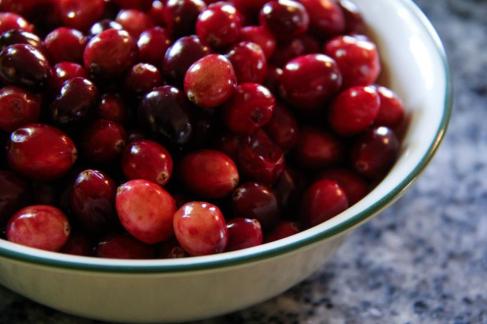So, the theme of the week for Reddit’s 52 Weeks of Cooking Challenge is Nordic cuisine. As soon as I new that theme was coming up, I was ready to an awesome write-up about the explosion of popularity that Scandinavia has seen in recent years. About Rene Redzepi and about Noma, about Magnus Nilsson and Fäviken. To a much lesser extent, I was going to write about how metal bands from the region are pretty spectacular. You can probably gather from the way this is going so far, those are not the things that I’m going to write about.
As I may or may not have mentioned on here before, I really have a thing for historical recipes. I think discovering how we ate through history is pretty fascinating, but also the recreation and reinterpretation of the same ideas can prove to be both challenging and exciting. So for Nordic cuisine, I wanted to look into how Vikings ate; what kind of staples held them over on their way to Valhalla. And as I typed “viking recipes” into the search engine, on only the second link to come up, and even the very first recipe from that link, a word appeared on the screen that would change my whole game plan.
Gruel
That’s right, gruel. The slop that was given to Dickensian orphans out of sheer economic necessity. As further research proved, gruel was actually a fairly common dish throughout Europe during the middle ages, and isn’t just a synonym for half-hilariously-half-painfully awful food. So, out the window went my idea for a piece to pay homage to, if not the originators of than certainly the champions of, truly local food systems. In came the idea that amused me on a fairly childish level and made me giggle. I don’t know what that says about me as a chef.

Similar to a thin porridge, gruel is really just a cereal or grain that’s cooked with milk. It seems like the thickness is the defining factor, often being drank rather than eaten. Fruit and sugar are common additions to make it a bit more palatable. According to the site, vikings made porridge and gruel between the 7th and 11th of May over an open fire in their longhouses (no details are given as to why those dates are relevant). This is a pretty traditional version of the dish: Toasted barley, pears and honey. It came together in about 30 minutes and would make for a perfect, hearty breakfast, especially considering that cold months are rapidly approaching.
Toasted Barley Gruel with Pears & Honey
makes about 2 servings
- Anjou Pear, peeled, cored, 2 each
- Water, 4 cups
- Honey, 2 tablespoons, plus more as needed
- Pearled Barley, 1 cup
- Whole Milk, 4 cups
- Kosher Salt, 1/4 teaspoon
Combine water and honey and bring to a boil. Poach pears until soft, about 3 minutes. Remove While pears are cooking, add barley to a dry sauce pot and bring to medium-high heat. Toast until aromatic, about 2 minutes. Add milk and salt and bring to a boil. Reduce to a simmer and cook until barley is tender, about 20 minutes. Dice cooked pears and mix with barley, serve hot, topped with honey.



